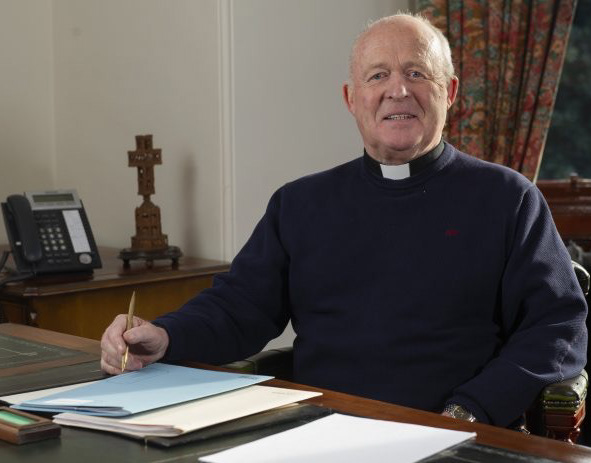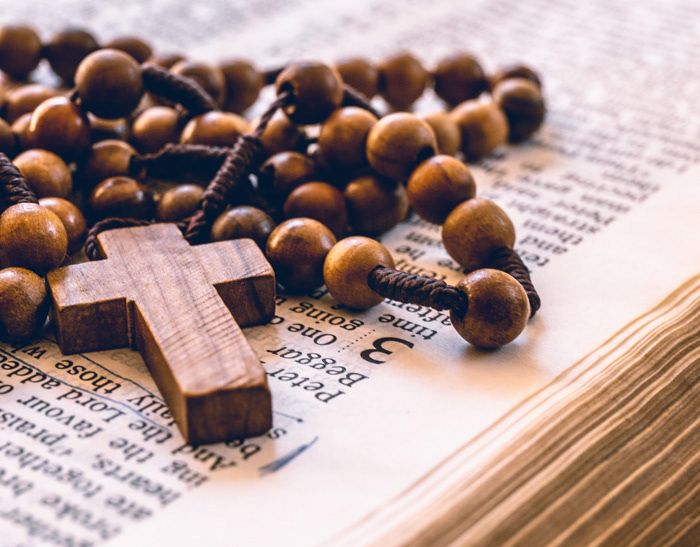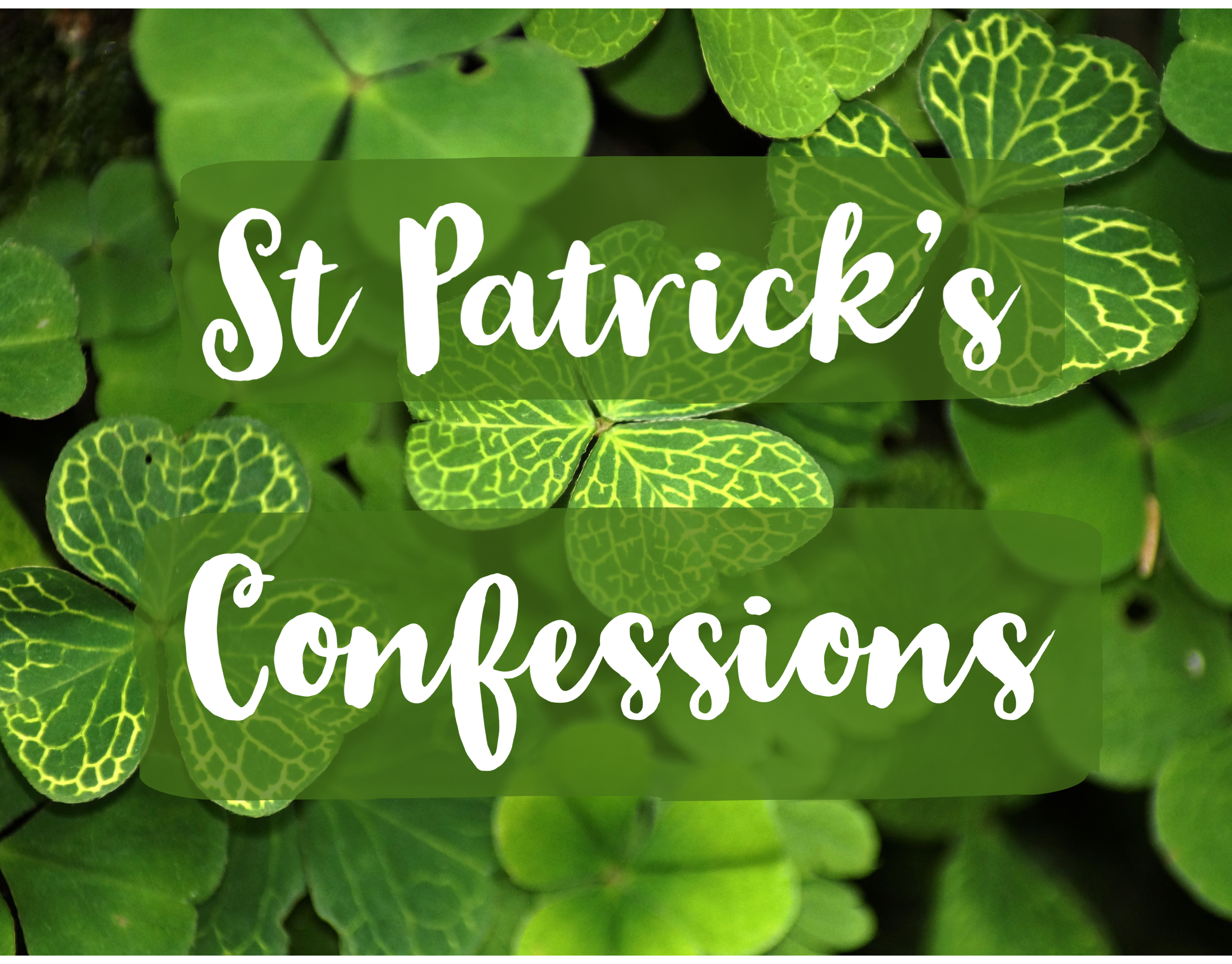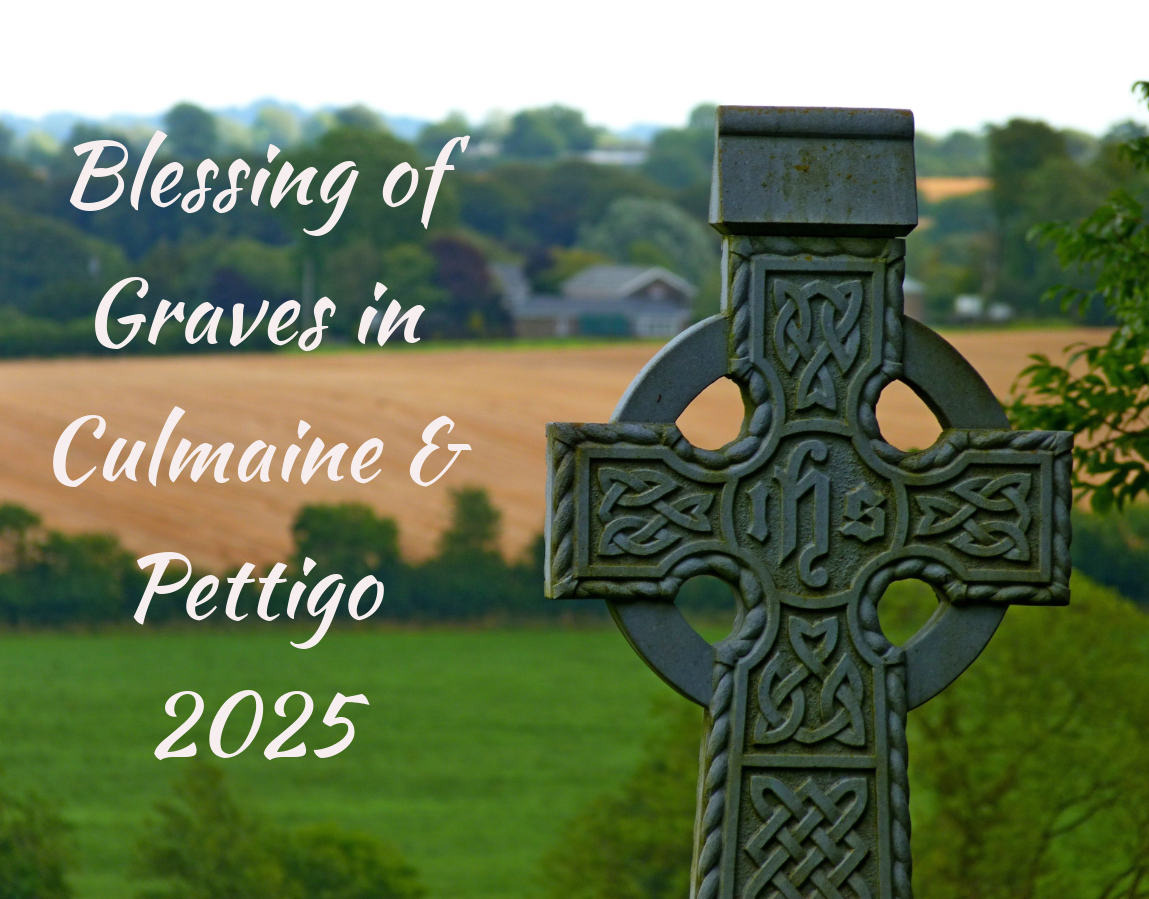The Parish has a colourful history. Local historic sites include the Deer Park (Kiltierney),
which is an ancient religious settlement. Drumskinney Stone Circle, Moneyvriece Moate and
Oghill Tower to name but a few.
Ederney Townhall, the Glendarragh Wishing Well, St. Joseph's Church and the
churches in Montiagh and Bannagh are also interesting landmarks that particularly
characterise the Parish.
Numerous raths and forts in the locality of the town in Drumkeen overlooking the
town and in Ederney townland itself tell of occupation of the area to at least the Iron Age
and the impressive necropolis [graveyard] of nearby Kiltierney tell of a civilization about
the Glendarragh Valley which is nearly as old as human habitation in Ireland itself.
The Parish Beginnings
The parish of Culmaine encompasses the communities of Ederney, Lack, Kesh and Boa Island.
The ancient parish of Magherculmoney (meaning ‘Plain of the Peaty Apple’) housed one of
Ireland’s earliest Christian settlements known as Kiltierney Monastery which is also referred to
as the Deerpark. Saint Tighernagh (St Tierney) was credited with establishing the monastic site
in 550AD. The Parish of Culmaine, comprising of the civil parishes of Magheraculmoney and
Drumkeeran, has therefore been recorded to have been born in the 6th century of our Lord.
Ederney’s Origins
The core of the parish is centred around the village of Ederney whose name is said to come from
Gaelic word eadarnaidh based on the eader meaning between or middle. Other theories suggest
its meaning is ‘ambush’. However, on the first ever known map of Ireland, drawn up by Greek
geographer Ptolemy more than 2,000 years ago, there is a tribe recorded just north of the Erne
as the Erdini. Ederney has had various spelling arrangements down through the centuries with
versions such as Eadarnaidh, Edernagh and Ederny.
The best documented story of Ederney’s birth begins with the project started by King James I in
the early 1600’s known as the Plantation of Ulster. Small private plantation by wealthy landowners
began in 1606, while the official plantation began in 1609. An estimated half a million acres were
confiscated from Gaelic chiefs, most of whom had fled Ireland in the 1607 (Flight of the Earls).
King James wanted the Plantation to be "a civilising enterprise" that would settle Protestants in
Ulster, a land that was mainly Gaelic-speaking and of the Catholic faith. In return for grants of
lands the protestant land owners and minor gentry from England and Scotland to settle in Ulster
were enticed to bring British workers with them to build strong houses and to create towns and
villages and associated infrastructure.
By 1610, Charles I was in control when Estate of Edernagh was established with the strong house
and bawn being built on the westerly end on the estate beside Lower Lough Erne near where
Crevenish Castle was later erected. Shortly, after that village of Ederney was established to include
six wicker-constructed houses beside the bridge over the Glendarragh River to accommodate some
of the landed English workers. Later the village of Kesh was developed.
The Chapels
Early records detail that worship, weddings, births and burials were carried out at the Church
of St Mary at Ardess later to become under the control of the reformed faith. In the intervening
years Catholic worship was prohibited by the civil authorities resulting in religious services being
carried out in secret at what has become known as Mass Rocks. However, in 1750, a small stoned
built chapel was erected in the townland of Edeniticromman followed by the first Blackbog Chapel
(a small wood and thatched building) in the townland of Aghagrefin serving the parishioners in the
last decade the 1700s. By the start of the 1800s, Blackbog Chapel had moved to a new location at
Monavreece (Moneyvriece) a site also provided by the Johnston landlords. Other parish chapels at
Bannagh and Montiagh were established by Fr O’Reilly around 1840. By 1957, Blackbog Chapel had
closed and the new St Joseph’s Chapel was opened at Ederney village to serve a growing population
of parishioners.
Blackbog Chapel
Bishop cutting the first sod on the site of the new St Joseph's Church in September 1954
Dr O'Callaghan lays the foundation stone of the new St Joseph's Church on the 2nd July 1955
Work in Progress
Eddie Keenan (Foreman) & Barney McKeown (worker)
Opening of the new Church November 1957
Dr Dan Duffy who delivered the homily at the opening of the Church 17th November 1957
Interior of St Joseph's Church pre 1972
Dr Joseph Duffy, Bishop of Clogher visited Ederney to celebrate a special Mass on the occasion of the 40th anniversary of the opening of St Joseph's Church. It can be viewed below...
A history project was undertaken on the occasion of the 50th anniversary of the opening of St Joseph's Church, Ederney. Sadly many of the wonderful people who contributed to this have passed away. We are grateful and privileged to have recorded their stories...
The Schools
In the early years of the nineteenth century, there were numerous schools in the parish of Culmaine but many were in poor condition and were badly conducted. The Province of Ulster had 3,449 schools in 1821 but they were fragmented in structure with numerous types of schools, including ‘charter’ schools, schools of the London Hibernian Society – to which Roman Catholics did want to send their children because they were all of a proselytising character – and ‘pay’ or ‘hedge’ schools. It was against this background of haphazard educational provision that the Irish system of National Education was founded in 1831 under the direction of the Chief Secretary, E.G. Stanley. Some 2,500 national schools were established in the province of Ulster in the period 1832-1870, built with the aid of the Commissioners of National Education and local trustees.
Locally, Moneyvriece National School was a one-room building and construction started in 1849 by voluntary labour of Culmaine parish under the direction of Fr Michael Smollen, PP. First evidence of the school being recorded as an educational establishment was in September, 1852. Ederney’s first school, at the rear of Maguire’s Shop at Main Street,was referred to in an 1826 report. There were many rural schools charged with educating children in the parish including Bannagh and Montiagh schools.
Children outside Moneyvriece school 1920










